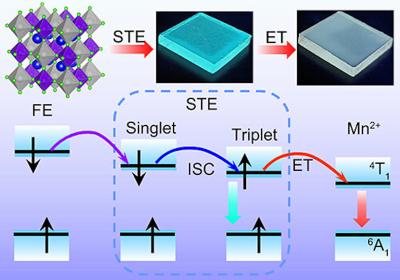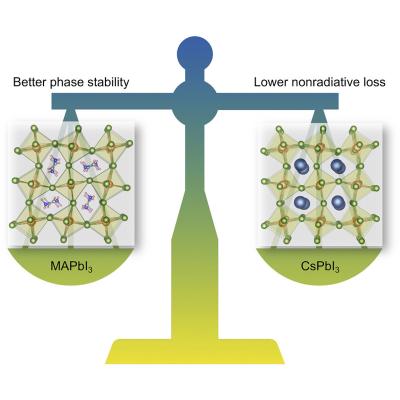The DoE awards $1.25 million to perovskite research projects, issues an RFI for perovskite efficiency targets
The US Department of Energy (DoE) awarded nearly $40 Million for grid-decarbonizing solar technologies projects. The DoE awarded the funds to 40 research projects, several of which are perovskite related. We'll list the perovskite projects (which were awarded a total of $1.25 million) below.
The DoE also issued a request for information (RFI) to gather input on efficiency, stability and replicability performance targets for perovskite photovoltaic devices that could be utilized to demonstrate technical and commercial readiness for future funding programs.



